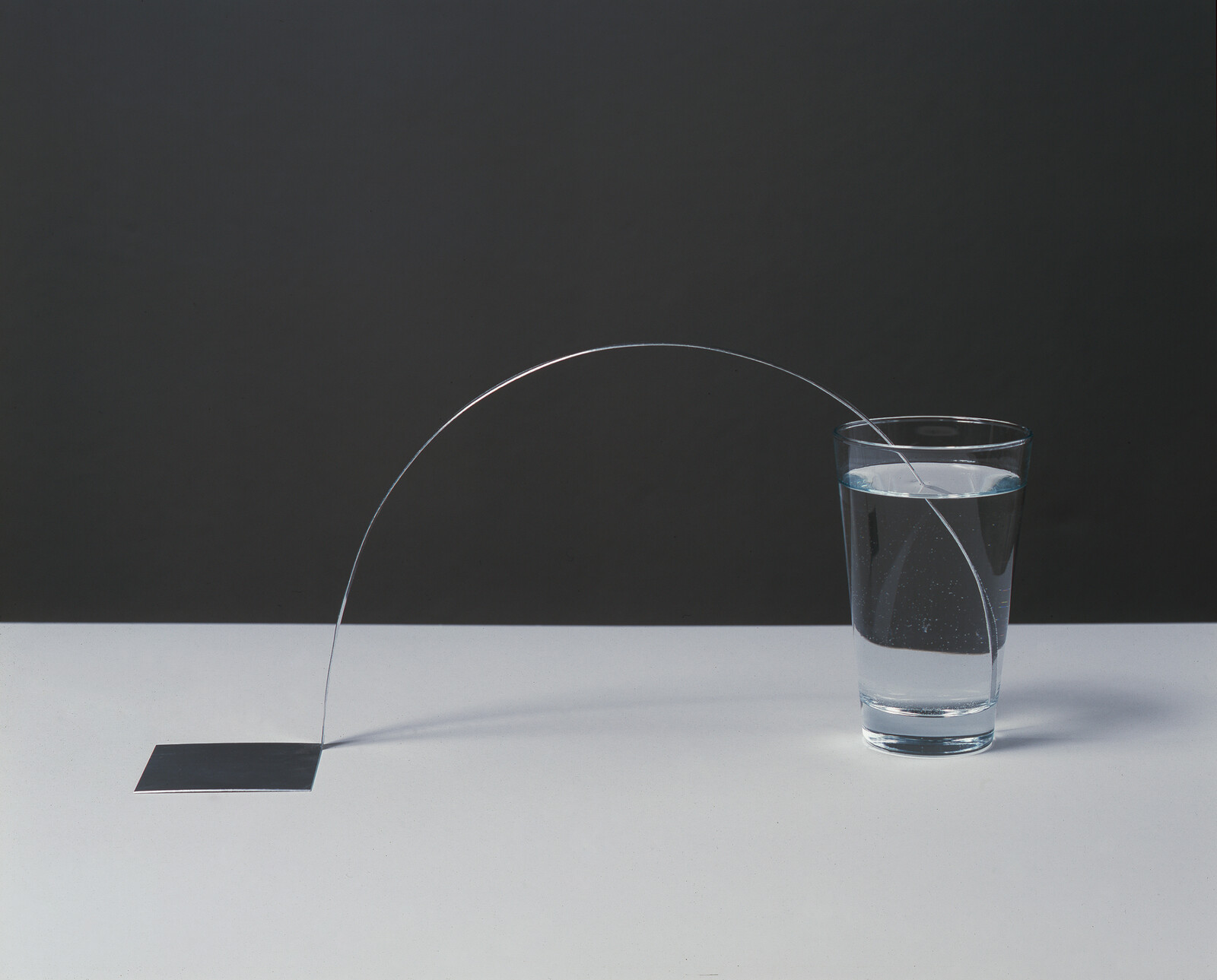Don’t Let the Unnecessary Overshadow the Whole
April 8–June 22, 2025
3-7-6, Jingumae
Shibuya-ku
Tokyo 150-0001
Japan
The exhibition Koji Kamoji: Don’t Let the Unnecessary Overshadow the Whole at WATARI-UM, the Watari Museum of Contemporary Art in Tokyo is the artist’s first solo exhibition in his native country. It offers an insight into the work of one of Poland’s most important artists. Kōji Kamoji is a painter as well as a creator of installations, objects and performances. Born in Tokyo in 1935, he studied at the Musashino Academy of Fine Arts from 1953 to 1958. Influenced by his uncle, Ryōchū Umeda, a translator of Polish literature, and his stories about Poland, Kamoji decided to continue his education at the Academy of Fine Arts in Warsaw, where he graduated in 1966. He has been living and working in Poland since 1959. He is among the leading artists who have shaped the main currents of Polish post-war art since the 1960s. His works have become an integral part of Polish art history and national cultural heritage. Most of the artist’s exhibitions have been held in Poland, and he has participated in many important group presentations of Polish art in Europe and the United States. His works are in the collections of the most prominent museums and galleries in Poland.
The exhibition at WATARI-UM, the Watari Museum of Contemporart Art serves as a small retrospective of works from different periods. The roots of Koji Kamoji’s art lie in the traditions of both Western and Polish contemporary art from the period of postwar modernization, when new movements such as conceptualism, minimalism, and new abstraction were taking shape. Japanese culture has always played an important role in his artistic explorations, and continues to do so now more than ever. Polish art critics place his work within a broad paradigm: the Polish neo-avant-garde of the 1960s and ‘70s, but also within a broader framework of universalism and the search for fundamental principles in art and life—close to the values of Eastern philosophy. His conceptual approach to art, shaped by working at the intersection of Western and Japanese culture, allowed him to quickly become part of the Polish art scene. Henryk Stażewski was perhaps the most important artist he encountered in Poland, followed by Edward Krasiński. It all began at Galeria Foksal in Warsaw, where from 1967 he regularly presented his work in the traditional white cube space, helping to shape the history of this important gallery alongside leading figures of postwar Polish art. The doyen and pioneer of the Polish avant-garde, Stażewski, who shared a warm friendship with Kamoji, once told him: “Change slowly.” But this is an inherent quality of Kamoji’s artistic practice: through a long creative process combined with deep self-observation and patient work on a painting or object, he explores fundamental ideas related to human existence, the nature of the things that surround us, and his own existence and attitude. Through abstract and semi-abstract forms, he explores both himself and the world, simply seeking harmony in art—and through art, in life. Reflecting on the consistency of his artistic quest, he says:
“I am not particularly interested in form; what interests me is being—more precisely, the feeling of being. I believe that form is the result of my search for and expression of the feeling of being. In this sense, although the form of my artistic expression may change, the core of my work remains the same. This applies to all forms of my work-painting, installation, performance, and so on. For me, the most important thing is being—the experience of being. In a state of deep concentration, being takes on a clearer form, and that is what I try to capture. Being itself has no form; we assign form and color to it in order to see it, to make it visible. My works take different forms, but like a compass, they all point in one direction—the direction of being. I think this has remained unchanged from the very beginning to this day.”
Exhibition curator: Maria Brewińska
The exhibition under the honorary patronage of Hanna Wróblewska, Minister of Culture and National Heritage of the Republic of Poland.
Organizers: Adam Mickiewicz Institute, WATARI-UM, The Watari Museum of Contemporary Art, Zachęta—National Gallery of Art
Cooperation: The Polish Institute in Tokyo

